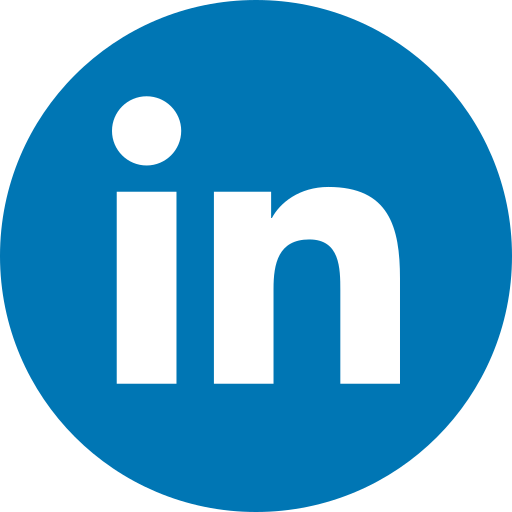2024 MEDTECH4.0 MESSAGES AND RECOMMENDATIONS

With the topic of Health Data Mining, MEDTECH4.0 2024 has provided valuable messages and recommendations for VietnamHealth Sector in exploiting health data, especially digital health data to contribute to improving the quality of medical examination and treatment, improve the quality of healthcare services and the efficiency of medical facility administration, and ensure the security of medical data information.
- SYSTEM AND DATA
– Data is the most valuable asset of an organization, mastering and managing data well will be the foundation for digital transformation, towards meaningful big data, towards technologies in the 4.0 Revolution.
– Due to the complex and specific nature of big data challenges in healthcare (data from many sources, long storage time, data includes both multi-structured and unstructured in which the unstructured is the majority, many coding terms,…), medical facilities can refer to the open source platform application Datalakehouse to integrate, manage and exploit because of the many outstanding benefits of an open platform, which includes features such as: infrastructure is not overloaded due to centralized data management, flexible connection deployment according to a decentralized model, data does not need to be copied for analysis, etc.
– The hybrid system deployment model (both internal and external servers) and the cloud storage deployment model bring many benefits such as: ensuring continuous operation of the hospital, flexibility when expanding, and reducing costs of building and operating an internal physical data center, avoiding the risk of damage to medical records such as paper medical records (especially medical records in cases that require long storage times, for example, up to 30 years for deaths), easily control access and access, quickly trace and effectively examine.
– 03 important factors in managing and exploiting digital health data: 1. The determination to unite the entire unit; 2. Simplify the process, data is inherited, and does not have to be re-entered many times to reduce the workload of medical staff; 3. Training high quality human resources who can master technology themselves. This will save costs on investment, operation, maintenance, and system upgrades. In particular, young staff can assist the higher seniors who have lower tech-adaptiveness in dealing with advanced technologies.
2. EMR:
EMR does not necessarily come from HIS, it is possible to build EMR first and then synchronize it to HIS, so the data will be more quality and complete, this also meets the needs of doctors better.
When implementing electronic medical records, there should be time for implementation and testing before officially abandoning paper medical records to identify risks and problems. Only when you meet the requirements will you decide to abandon paper medical records.
Currently, Ho Chi Minh City is ordering the construction of a shared EMR platform in the context that there are more than 120 hospitals (out of nearly 130 ones in the city) still using HIS, not yet upgraded to EMR and about 8.800 clinics in the area also using HIS.
3. NEW IT TRENDS:
Low-code or No-code are two of international trends (still new to Vietnam) that can be referenced to develop EMR in e-form configuration instead of programming, on a medical data pre-existing basis. Some benefits: shorten form creation time, more user-friendly.
Regarding training and coaching in medicine, currently, many new technological solutions are also being applied in the world to help improve efficiency. For example, AI with the combination of 3D simulation technology can reduce operating budgets by up to 1/10 and implementation time by only 30%.
4. INFORMATION SECURITY
Regarding data security: today, criminals often target a country’s key systems, including healthcare. To ensure data security, hospitals and medical facilities need to have common data backup systems and should choose reputable cloud and SaaS service providers to avoid data loss.
5. DIGITAL TRANSFORMATION
– Digital transformation and methodical, comprehensive and comprehensive implementation of medical technology applications not only help improve the quality of professional work, optimize management and operations but also increase the competitive advantage of medical facilities’ healthcare businesses in accessing, connecting, caring and creating good experiences for customers (patients), especially in big cities. These things need to be associated with the hospital’s development strategy.
-Digital transformation needs people with digital capabilities, so building digital competency frameworks (Digital Competence Framework – a fairly popular concept around the world) is one of the initiatives that industries should consider.
-Vietnam is a country with potential regional health and life science hubs.
6. INTERNATIONAL RECOMMENDATIONS FOR VIETNAM HEALTHCARE’S POTENTIALS
- Vietnam is a potential regional healthcare and life sciences hub.
- Vietnam is in a similar position to where comparable markets were when they began industry development. Vietnam can learn from the development of its peers to inform its industry policies.
- Vietnam has the opportunity to create a “breakthrough” strategy that initiates the stages in parallel, rather than the traditional sequential development model. By beginning with clinical trials and digital health, Vietnam will start the journey within its current capabilities, while building up for more complex opportunities
Key challenges for Vietnam to become a digital innovation centre:
- Inadequate digital health infrastructure
- Limited experienced HCPs and IT workforce
- Lack of funding
- Low public awareness and public trust
- Lack of supply for general doctors
- Lack of high-quality doctors in primary care facilities
- 05 key initiatives that Vietnam can develop to accelerate its transformation to innovation hub:
1.Set up a health innovation incubator with involvement of both public and private stakeholders to narrow the gaps between academic research and clinical practices.
2. Improve medical human resources capability through educational and training opportunities jointly developed by global and local academic, medical, and government agencies.
3. Funding & incentives for development of medical resource, technology transfer and investment attraction
4. Encourage PPP to build healthcare infrastructure and formulate the digitalization ecosystem.
5. Enhance digital infrastructure (EHR, Innovation Hub model at hospital level, Community Health Innovation Lab model, AI, Big Data) through localization of global best practices.
DOCUMENTS OF STATE ORIENTATION AND EXECUTION IN HEALTH DIGITAL TRANSFORMATION
| ORIENTATION | ||||
of the 2022 – 2025 time period, with the vision to 2030”
…
|
||||








